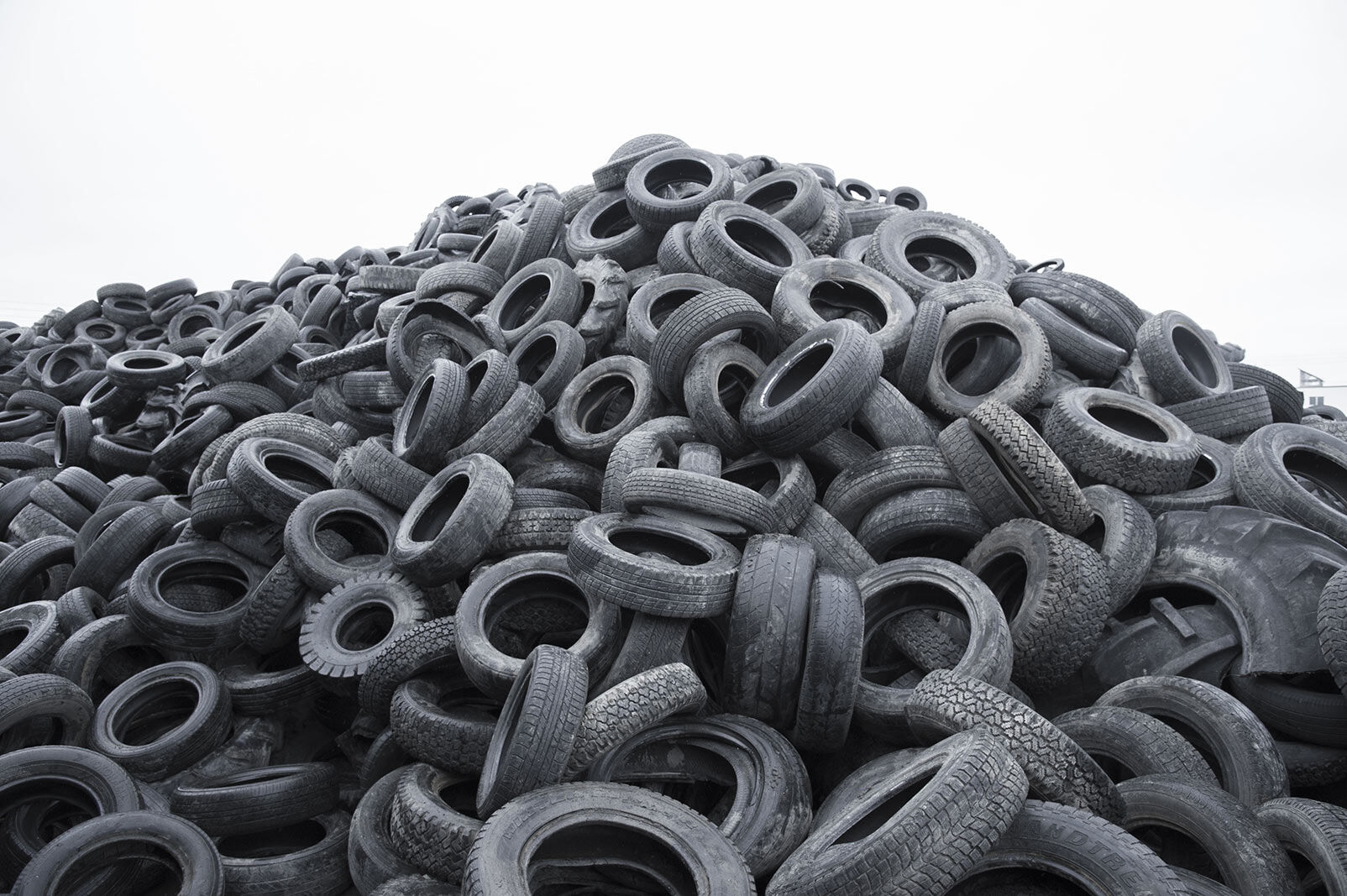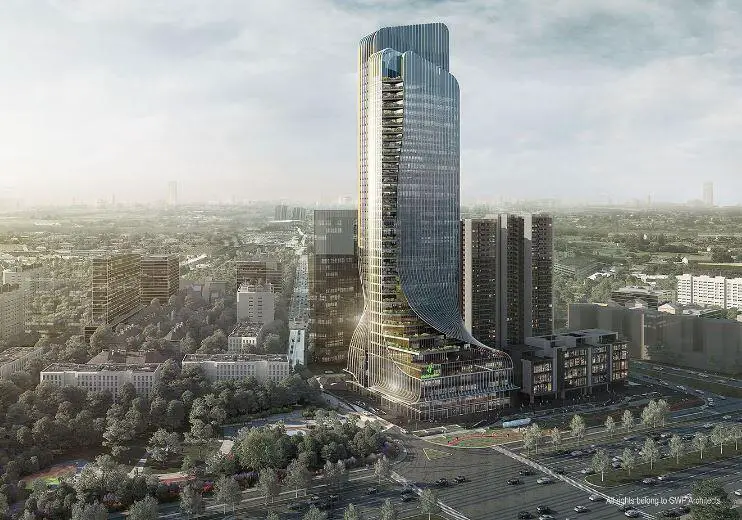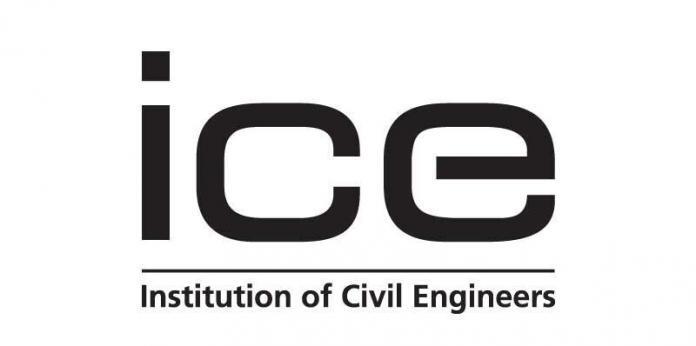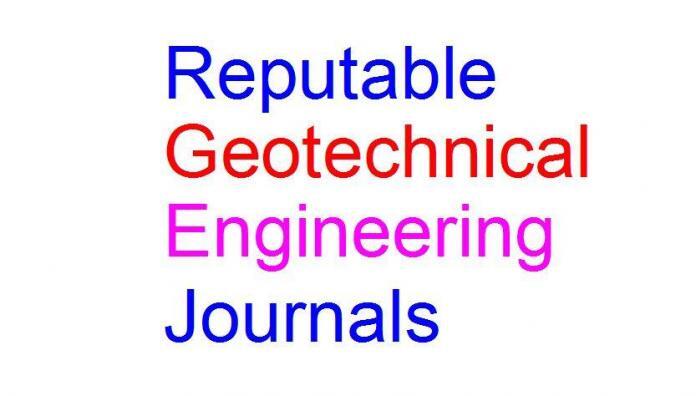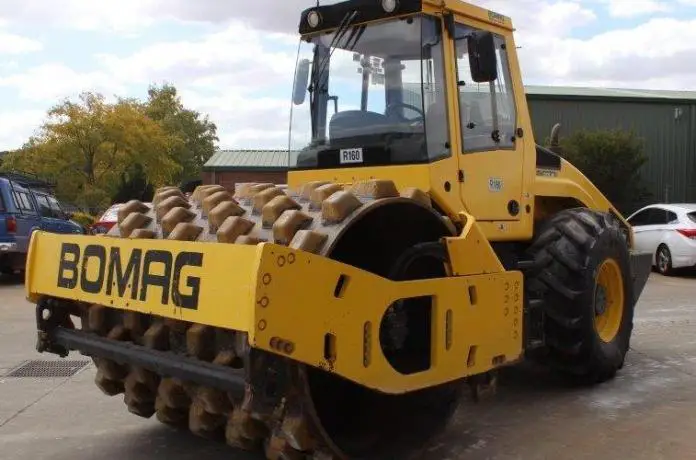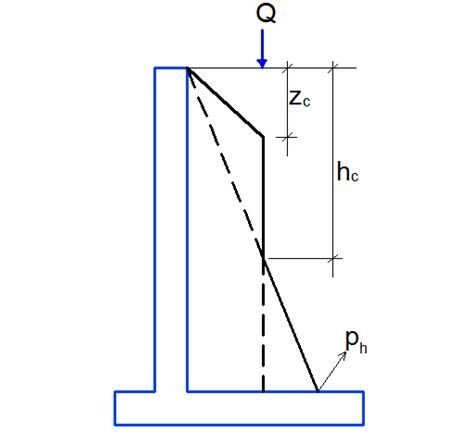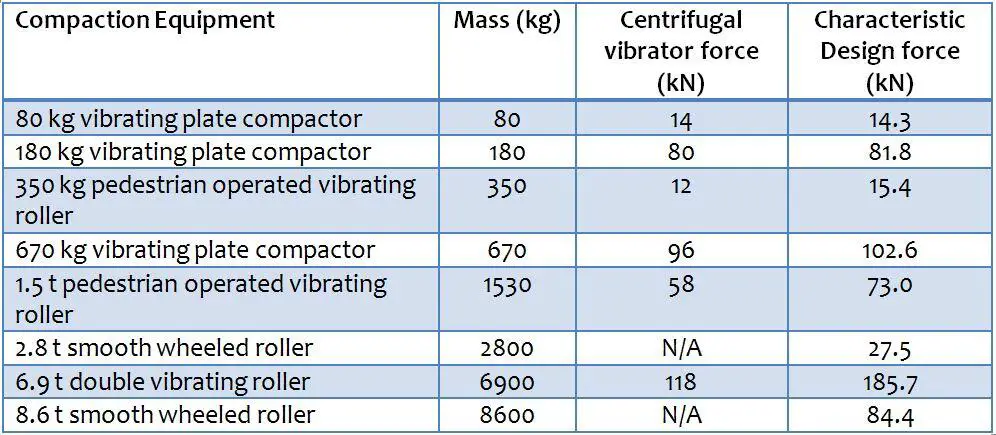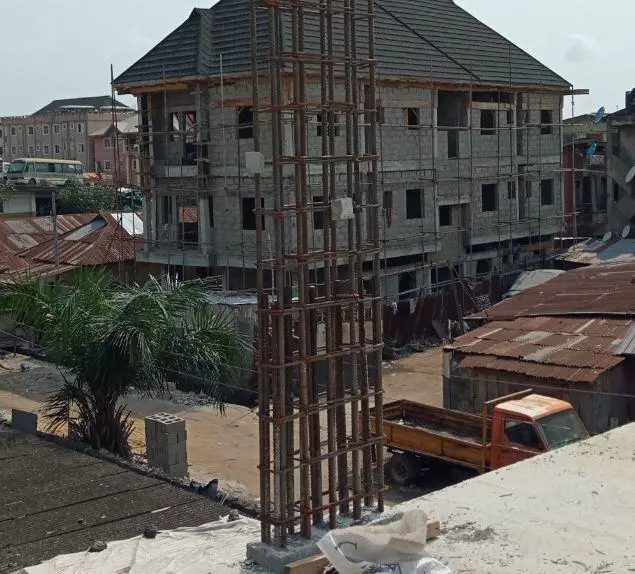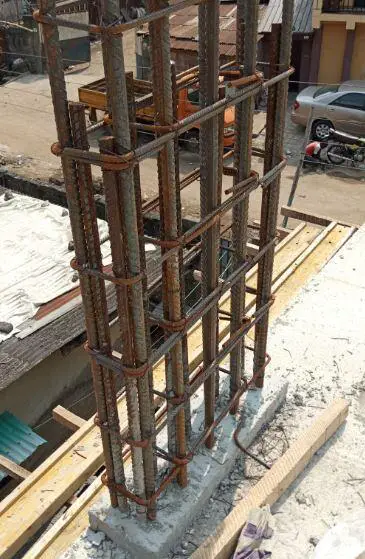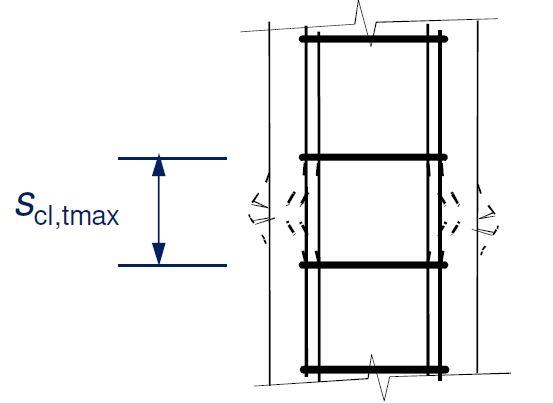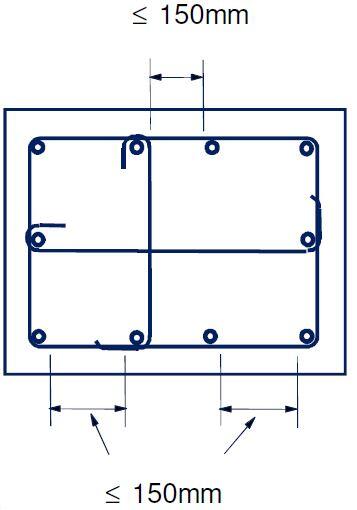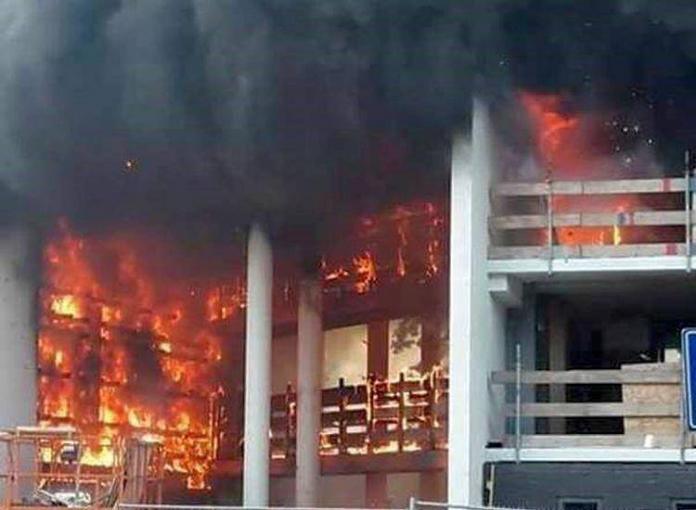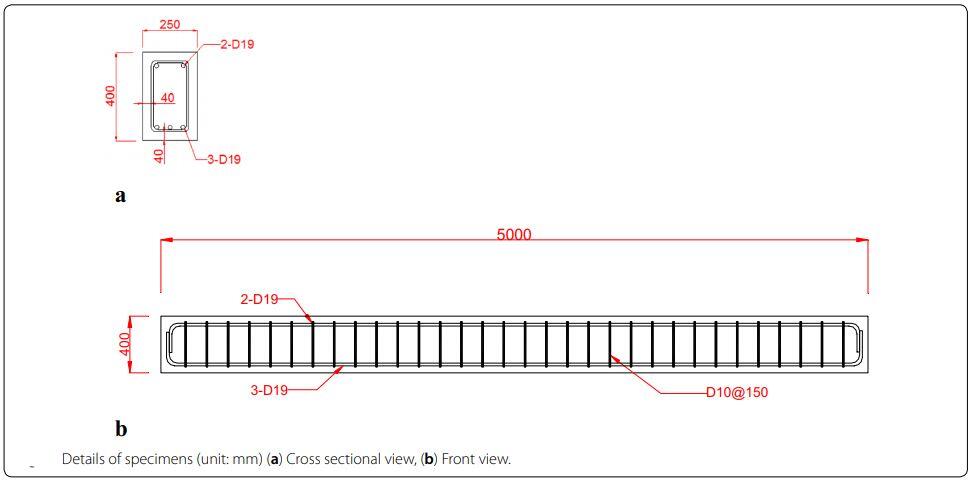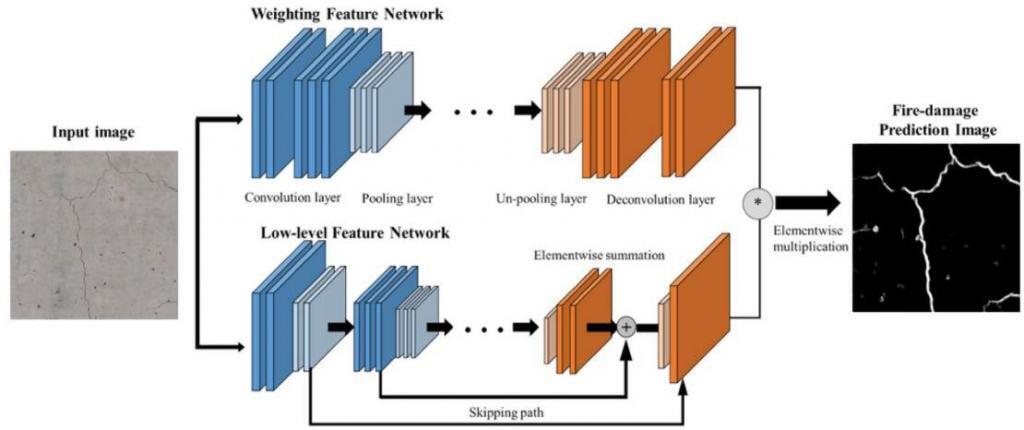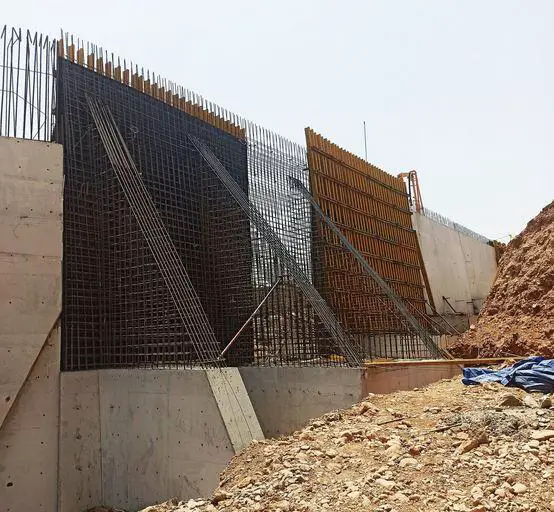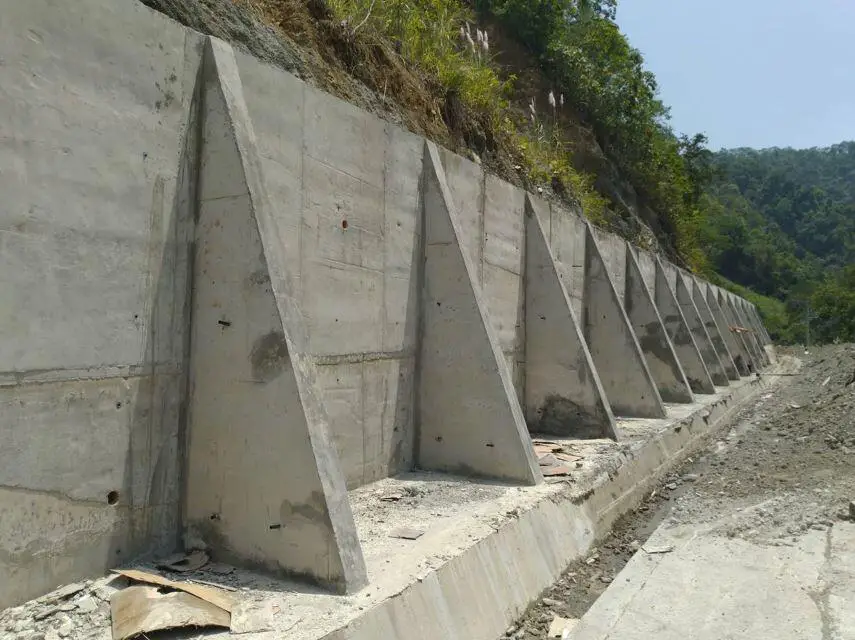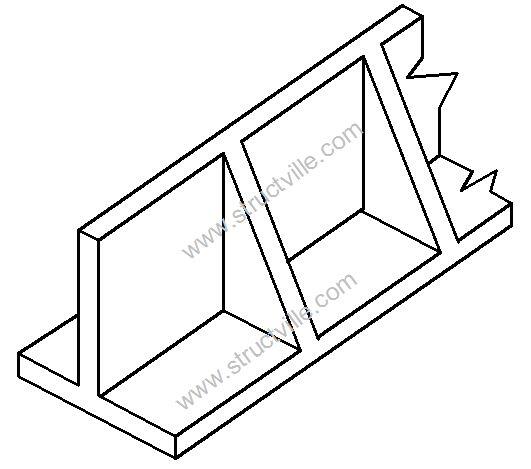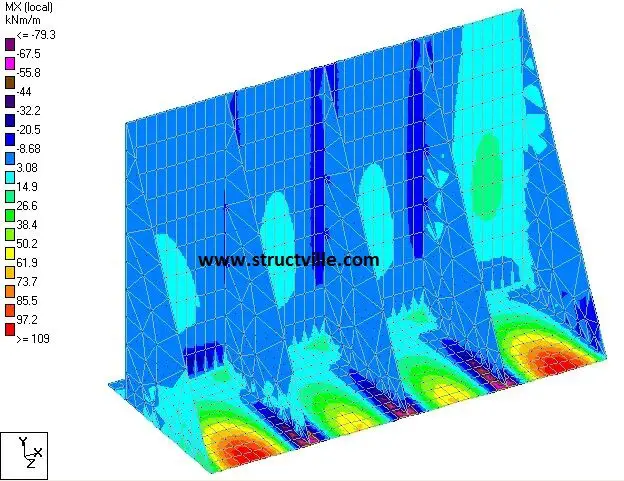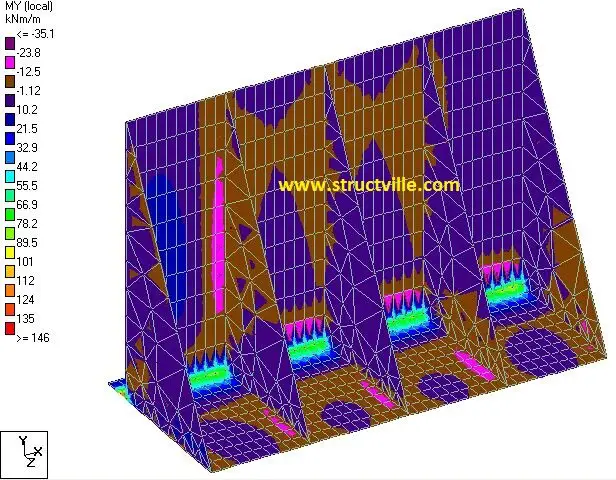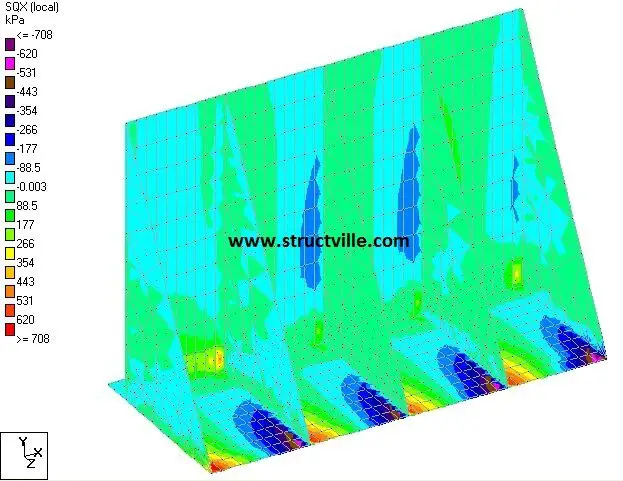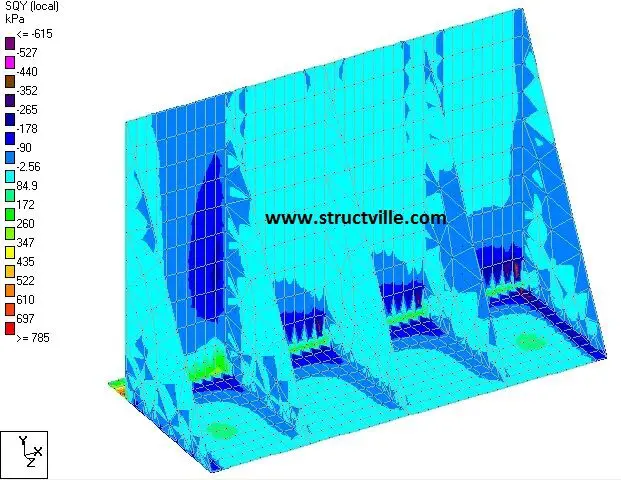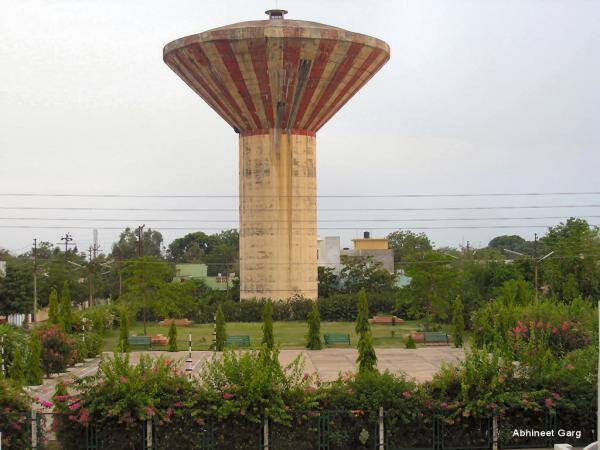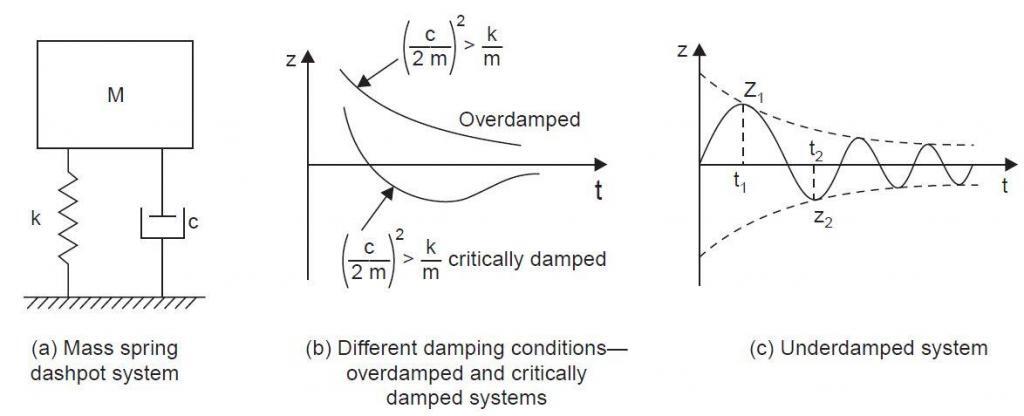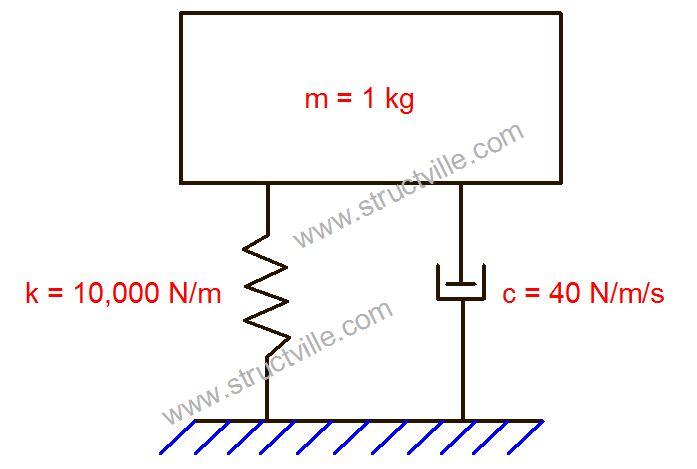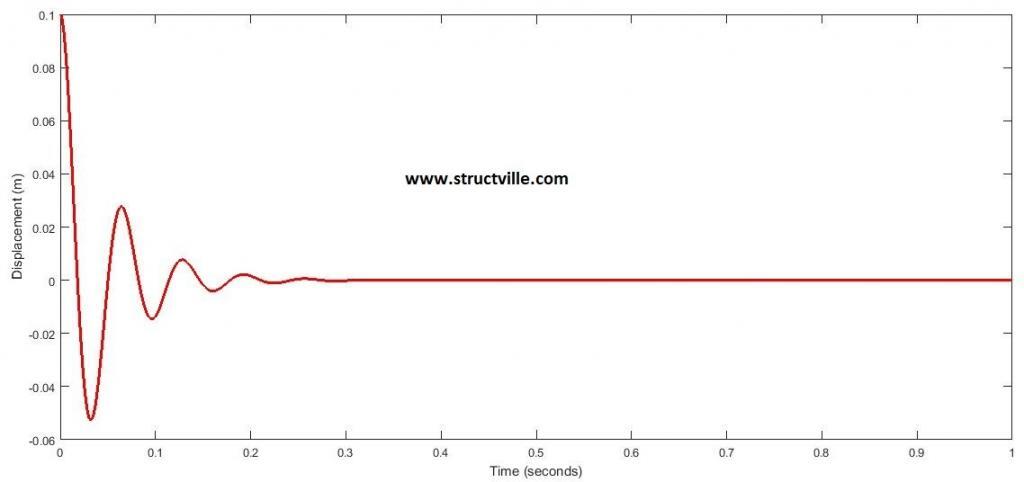Geotechnical engineering is the application of engineering principles to the acquisition, interpretation, and use of knowledge of materials of the Earth’s crust and earth materials for the solution of engineering problems and the design of engineering works. It is concerned with the analysis, design and construction of foundations, slopes, retaining structures, embankments, tunnels, levees, wharves, landfills and other systems that are made of or are supported by soil or rock.
Knowledge in the field of geotechnical engineering is advanced through research publications in academic journals. Find below the list of reputable peer reviewed journals where you can publish your findings in the field of geotechnical engineering. This list is in no specified ranking order and will be updated/improved from time to time.
(A) CANADA
(1) Canadian Geotechnical Journal – (Canadian Publishing Science) – (Q1, Impact factor = 2.437, H Index = 100) https://www.nrcresearchpress.com/journal/cgj
(2) Canadian Journal of Civil Engineering – (Canadian Publishing Science) – (Q2, Impact factor = 0.742, H Index = 53)
https://www.nrcresearchpress.com/journal/cjce
(B) JAPAN
(3) Journal of JSCE – (Japan Society of Civil Engineers)
https://www.jstage.jst.go.jp/browse/journalofjsce/-char/en
(C) SPRINGER
(4) International Journal of Civil Engineering (Iranian Society of Civil Engineering) – (Q2, Impact factor = 0.624, H Index = 17)
https://link.springer.com/journal/40999
(5) Geotechnical and Geological Engineering Journal (Q1, H Index = 45)
https://link.springer.com/journal/10706
(6) International Journal of Geosynthetics and Ground Engineering
https://link.springer.com/journal/40891
(7) Asian Journal of Civil Engineering
https://link.springer.com/journal/42107
(8) Journal of the Institution of Engineers (India): Series A (Q2, H Index = 7)
https://link.springer.com/journal/40030
(9) Materials and Structures – Springer (Q1, Impact factor 2.458, H Index = 80)
https://link.springer.com/journal/11527
(10) KSCE Journal of Civil Engineering (Korean Society of Civil Engineers) – (Q2, H Index = 26)
https://link.springer.com/journal/12205
(11) Transportation in Developing Economies – Springer
https://link.springer.com/journal/40890
(12) Rock Mechanics and Rock Engineering – Springer (Impact factor = 4.100)
https://link.springer.com/journal/603
(13) Acta Geotechnica – Springer (Impact factor = 3.247)
https://link.springer.com/journal/11440
(14) Granular Matter – Springer
https://link.springer.com/journal/10035
(15) Bulletin of the Engineering Geology and the Environment (International Association of Engineering Geology and the Environment) – (formerly published as Bulletin of the International Association of Engineering Geology) Impact factor = 2.138
https://link.springer.com/journal/10064
(16) Transport in Porous Media – Springer (Impact factor = 1.997)
https://link.springer.com/journal/11242
(17) Transportation Infrastructure Geotechnology – Springer
https://link.springer.com/journal/40515
(18) International Journal of Pavement Research and Technology – Springer
https://www.springer.com/engineering/civil+engineering/journal/42947
(19) Innovative Infrastructure Solutions – Springer
https://link.springer.com/journal/41062
(20) Journal of Infrastructure Preservation and Resilience – Springer
https://jipr.springeropen.com/
(21) International Journal of Geo-engineering – Springer
https://link.springer.com/journal/40703
(22) Indian Geotechnical Journal – Springer
https://link.springer.com/journal/40098
(23) Frontiers of Structural and Civil Engineering – Springer (Impact factor = 1.272)
https://link.springer.com/journal/11709
(24) Earthquake Engineering and Engineering Vibration – Springer (Impacct factor = 1.050)
https://link.springer.com/journal/11803
(25) Soil Mechanics and Foundation Engineering – Springer (Impact factor = 0.376)
https://link.springer.com/journal/11204
(D) ASCE – American Society of Civil Engineers
(26) Journal of Construction Engineering and Management – ASCE
https://ascelibrary.org/journal/jcemd4
(27) Journal of Materials in Civil Engineering – ASCE
https://ascelibrary.org/journal/jmcee7
(28) Journal of Composites for Construction – ASCE
https://ascelibrary.org/journal/jccof2
(29) Journal of Highway and Transportation Research and Development – ASCE
https://ascelibrary.org/journal/jhtrcq
(30) Journal of Environmental Engineering – ASCE
https://ascelibrary.org/journal/joeedu
(31) Journal of Geotechnical and Geoenvironmental Engineering – ASCE
https://ascelibrary.org/journal/jggefk
(32) Journal of Transportation Engineering – ASCE
https://ascelibrary.org/journal/jtepbs
(33) International Journal of Geomechanics – ASCE
https://ascelibrary.org/journal/ijgnai
(34) Journal of Engineering Mechanics – ASCE
https://ascelibrary.org/journal/jenmdt
(E) TAYLOR AND FRANCIS ONLINE
(35) Soil and Sediment Contamination: An International Journal – T&Fonline (Impact factor = 0.992)
https://www.tandfonline.com/toc/bssc20/current
(36) Civil Engineering and Environmental Systems – T&Fonline (Impact factor =1.394)
https://www.tandfonline.com/toc/gcee20/current
(37) International Journal of Pavement Engineering – T&Fonline (Impact factor = 2.298)
https://www.tandfonline.com/toc/gpav20/current
(38) Structure and Infrastructure Engineering – T&Fonline (Impact factor = 2.430)
https://www.tandfonline.com/toc/nsie20/current
(39) Journal of Civil Engineering and Management – T&Fonline
https://www.tandfonline.com/toc/tcem20/current
(40) European Journal of Environmental and Civil Engineering – T&Fonline (Impact factor = 1.873)
https://www.tandfonline.com/toc/tece20/current
(41) Geomechanics and Geoengineering – T&Fonline
https://www.tandfonline.com/toc/tgeo20/current
(42) Road, Materials, and Pavement Design – T&Fonline (Impact factor = 1.980)
https://www.tandfonline.com/toc/trmp20/current
(43) Journal of Sustainable Cement Based Materials – T&Fonline
https://www.tandfonline.com/toc/tscm20/current
(45) International Journal of Sustainable Engineering – T&Fonline
https://www.tandfonline.com/toc/tsue20/current
(46) International Journal of Sustainable Transportation – T&Fonline (Impact factor = 2.586)
https://www.tandfonline.com/toc/ujst20/current
(47) International Journal of Geotechnical Engineering – T&Fonline
https://www.tandfonline.com/toc/yjge20/current
(48) Australian Journal of Civil Engineering – T&Fonline
https://www.tandfonline.com/loi/tcen20
(F) ELSEVIER
(49) International Journal of Pavement Research and Technology – (Has been transferred to Springer Nature)
https://www.journals.elsevier.com/international-journal-of-pavement-research-and-technology
(50) Case Studies in Construction Materials – Elsevier
https://www.journals.elsevier.com/case-studies-in-construction-materials
(51) Sustainable Cities and Society – Elsevier
https://www.journals.elsevier.com/sustainable-cities-and-society
(52) International Journal of Rock Mechanics and Mining Sciences – Elsevier
https://www.journals.elsevier.com/international-journal-of-rock-mechanics-and-mining-sciences
(53) Cement and Concrete Composites – Elsevier
https://www.journals.elsevier.com/cement-and-concrete-composites
(54) Construction and Building Materials – Elsevier
https://www.journals.elsevier.com/construction-and-building-materials
(55) Journal of Terramechanics – Elsevier
https://www.journals.elsevier.com/journal-of-terramechanics
(56) Transportation Geotechnics – Elsevier
https://www.journals.elsevier.com/transportation-geotechnics
(57) Geotextiles and Geomembranes – Elsevier
https://www.journals.elsevier.com/geotextiles-and-geomembranes
(58) Computers and Geotechnics – Elsevier
https://www.journals.elsevier.com/computers-and-geotechnics
(59) Soils and Foundations (Japanese Geotechnical Society) – Elsevier
https://www.journals.elsevier.com/soils-and-foundations
(60) Engineering Geology – Elsevier
https://www.journals.elsevier.com/engineering-geology
(61) Journal of Rock Mechanics and Geotechnical Engineering – Elsevier
https://www.journals.elsevier.com/journal-of-rock-mechanics-and-geotechnical-engineering/
(62) Soil Dynamics and Earthquake Engineering – Elsevier
https://www.journals.elsevier.com/soil-dynamics-and-earthquake-engineering
(G) INSTITUTE OF CIVIL ENGINEERS (ICE, UK)
(63) Environmental Geotechnics – ICE, UK
https://www.icevirtuallibrary.com/toc/jenge/current
(64) Geosynthetics International – ICE, UK
https://www.icevirtuallibrary.com/toc/jgein/current
(65) Geotechnical Research – ICE, UK
https://www.icevirtuallibrary.com/toc/jgere/current
(66) Géotechnique – ICE, UK
https://www.icevirtuallibrary.com/toc/jgeot/current
(67) Géotechnique Letters – ICE, UK
https://www.icevirtuallibrary.com/toc/jgele/current
(68) International Journal of Physical Modelling in Geotechnics – ICE, UK
https://www.icevirtuallibrary.com/toc/jphmg/current
(69) Journal of Environmental Engineering and Science – ICE, UK
https://www.icevirtuallibrary.com/toc/jenes/current
(70) Proceedings of the ICE – Geotechnical Engineering
https://www.icevirtuallibrary.com/toc/jgeen/current
(71) Proceedings of the ICE – Ground Improvement
https://www.icevirtuallibrary.com/toc/jgrim/current
(72) Proceedings of the ICE – Municipal Engineer
https://www.icevirtuallibrary.com/toc/jmuen/current
(73) Proceedings of the ICE – Municipal Engineer
https://www.icevirtuallibrary.com/toc/jmuen/current
(74) Proceedings of the ICE – Engineering and Computational Mechanics
https://www.icevirtuallibrary.com/toc/jencm/current
(75) Proceedings of the ICE – Engineering Sustainability
https://www.icevirtuallibrary.com/toc/jensu/current
(76) Proceedings of the ICE – Waste and Resource Management
https://www.icevirtuallibrary.com/toc/jwarm/current
(H) ASTM INTERNATIONAL JOURNALS
(77) Advances in Civil Engineering Materials (ACEM) – ASTM International
https://www.astm.org/DIGITAL_LIBRARY/JOURNALS/ACEM/index.html
(78) Geotechnical Testing Journal – ASTM International
https://www.astm.org/DIGITAL_LIBRARY/JOURNALS/GEOTECH/index.html
(79) Journal of Testing and Evaluation – ASTM International
https://www.astm.org/DIGITAL_LIBRARY/JOURNALS/TESTEVAL/index.html
(80) Materials Performance and Characterization – ASTM International
https://www.astm.org/DIGITAL_LIBRARY/JOURNALS/MPC/index.html
(I) INDERSCIENCE PUBLISHERS
(81) International Journal of Sustainable Materials and Structural Systems – Inderscience Publishers
https://www.inderscience.com/jhome.php?jcode=ijsmss
(82) International Journal of Microstructures and Material Properties – Inderscience Publishers
https://www.inderscience.com/jhome.php?jcode=ijmmp
(83) International Journal of Materials and Structural Integrity – Inderscience Publishers
https://www.inderscience.com/jhome.php?jcode=ijmsi
(84) International Journal of Materials Engineering Innovation – Inderscience Publishers
https://www.inderscience.com/jhome.php?jcode=ijmatei
(85) International Journal of Waste Management and Environment – Inderscience Publishers
https://www.inderscience.com/jhome.php?jcode=ijewm
(J) HINDAWI
(86) Advances in Civil Engineering – Hindawi
https://www.hindawi.com/journals/ace/
(87) Advances in Materials Science and Engineering – Hindawi
https://www.hindawi.com/journals/amse/
(K) WILEY ONLINE LIBRARY
(88) International Journal for Numerical and Analytical Methods in Geomechanics – Wiley Online
(89) Geomechanics and Tunnelling – Wiley Online
(90) Geotechnik – Wiley Online
(91) Near Surface Geophysics – Wiley Online
(92) Civil Engineering Design – Wiley Online

